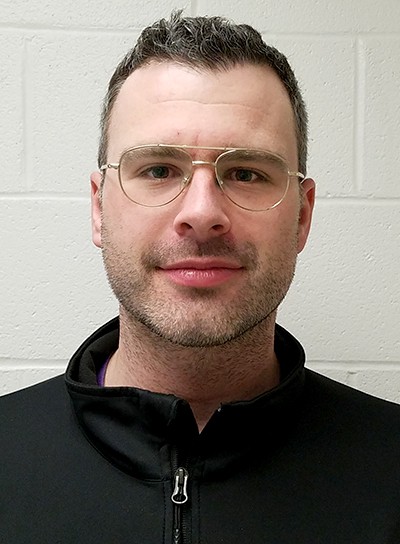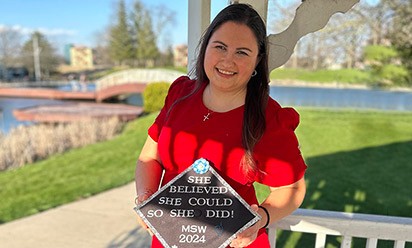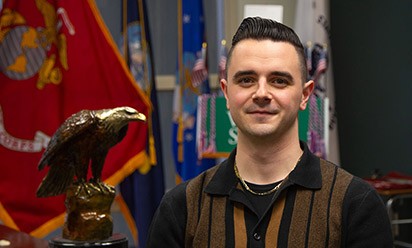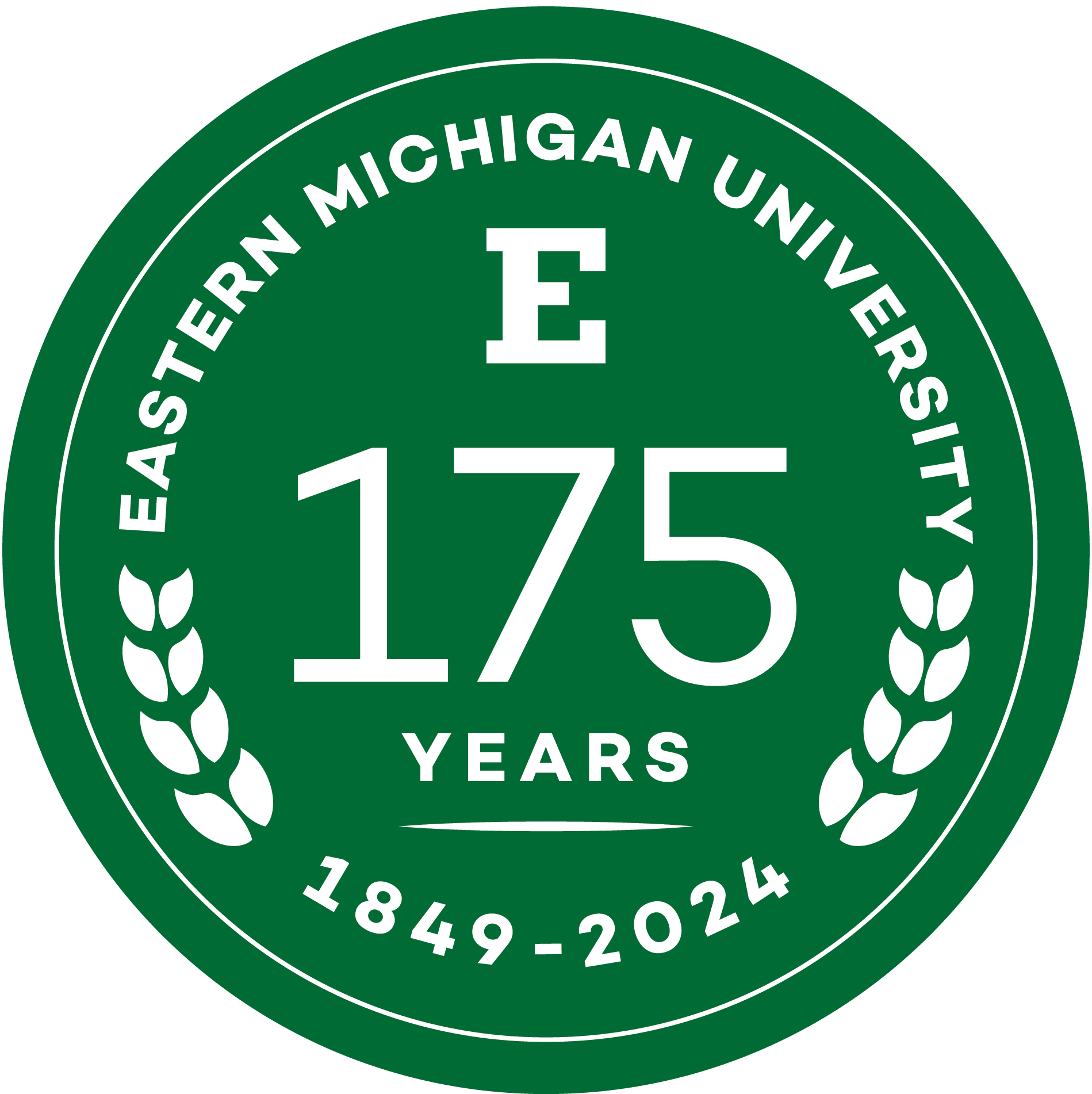Biology graduates co-author groundbreaking taste bud study that shows seniors may be even more vulnerable to high sodium intake than previously thought

Sodium. Doctors often call it “the silent killer,” and for good reason.
Although our bodies need salt to function properly, excessive salt intake can lead to problems like high blood pressure, heart disease, stroke, heart failure and kidney disease.
Considering the average American consumes more than double the recommended amount of sodium, it’s no wonder about 80 million American adults have high blood pressure, according to the American Heart Association.
While health care organizations advocate reducing our salt intake to a healthy level, a newly published study that began as a cross-curricular project at Eastern Michigan University shows seniors may be even more vulnerable to high sodium intake than previously thought.

The article, “Aging Decreases Chorda-Tympani Nerve Responses to NaCl and Alters Morphology of Fungiform Taste Pores in Rats,” appeared in the February 2018 issue of the peer-reviewed journal “Chemical Senses,” published by the Oxford University Press. The authors are EMU Biology graduates Zach Whiddon (MS16) and Spencer Rynberg (BS17), along with EMU Assistant Professor of Biology Tom Mast and EMU Assistant Professor of Neuroscience Joe Breza.
“We know our sensory systems like eyesight and hearing decline with age,” says Whiddon, who’s working on his doctorate at the University of Louisville. “But there’s scientific debate regarding our sense of taste. We determined that the taste system of laboratory rats declines structurally and functionally as they age. We saw the biggest effect using sodium chloride [table salt] as the stimuli.”
Since humans and rats share a similar taste bud construction, the implication is that elderly humans may be more likely to consume sodium in excess, leading to increased risk of hypertension and stroke.
The research project began in 2014, when Rynberg took an independent study in Breza’s lab through the Psychology department. As Rynberg helped with surgical preparation and neurophysiological recordings for the taste-nerve experiments, Breza noted the lower sodium chloride responses in elderly rats.
“I discussed my preliminary findings with Tom [Mast], and he became interested in looking at whether we could see any structural changes by viewing the tongues with a scanning electron microscope,” Breza says.
Whiddon, who received training from Mast in the theory and practice of scanning electron microscopy, became involved in the experiments through his BIO 447 class, which requires students to design and conduct an original research project. Whiddon worked with Mast on tissue preparation and imaging; Rynberg provided overall assistance and helped Breza with the nerve recordings.
High-powered images of the rats’ fungiform papillae (structures that house taste buds) show the small hole on top of this structure was frequently closed on older rats, impairing their ability to sense taste.
“Our research shows that taste buds become smaller and weaker with age, much like how muscles atrophy with age,” Mast says. “This is the first study to combine scanning electron microscopy of taste buds with taste bud response to stimuli.”
Mast and Breza are faculty members and part of Eastern’s recently launched Neuroscience Interdisciplinary undergraduate program (Biology, Chemistry and Psychology). But the researchers completed the nerve-taste study before the Neuroscience program became official.
“Rynberg was a huge advocate for interdisciplinary research and mentorship,” Breza says. “If the program had existed at that time, he would have been a Neuroscience student.”
“Cross-curricular courses and independent research opportunities at Eastern allow students to conduct high-quality research and author peer-reviewed journal articles. The learning opportunities transcend the classroom to the real world, where scientific discoveries and job opportunities await.”
March 28, 2018
Written by:
Jeff Samoray
Media Contact:
Darcy Gifford
dgiffor2@emich.edu
734.487.5375
More Stories

Eastern Michigan University awards Summer Research and Creative Activity Grants.

Eastern Michigan University to launch new Bachelor of Business Administration in Financial Planning and Wealth Management degree.

Eastern Michigan University empowers student-faculty collaboration with Undergraduate Symposium Research Fellow Awards.

Eastern Michigan University senior Raya Lasiewski inspires hope and healing through personal journey with eating disorder.

Veteran exceeds limits to becoming an Eastern Michigan University graduate.

